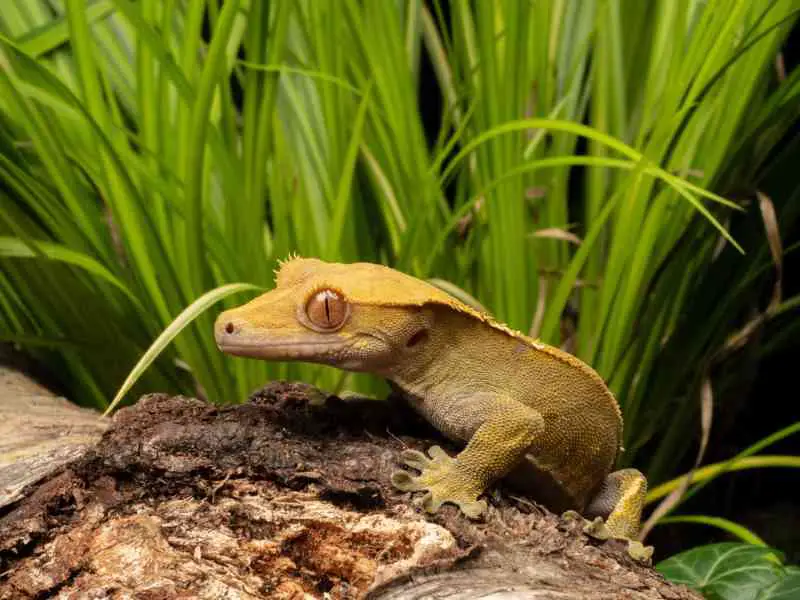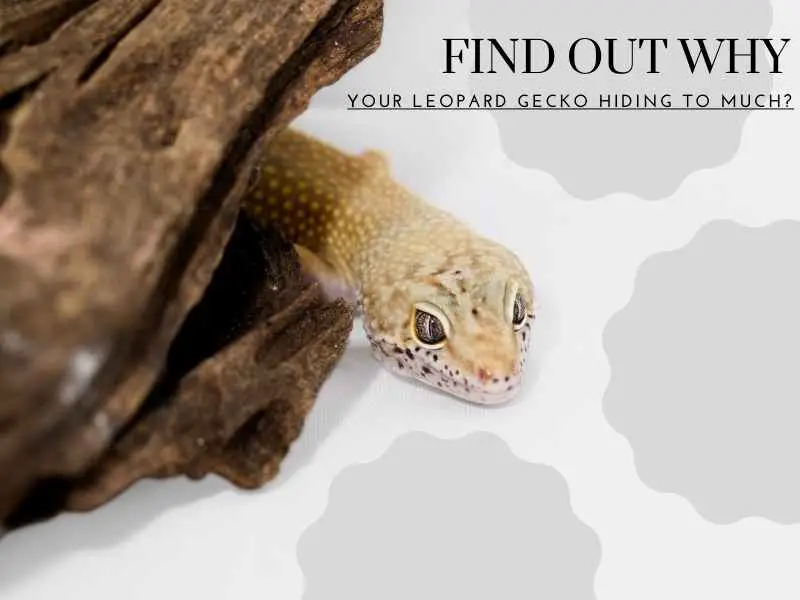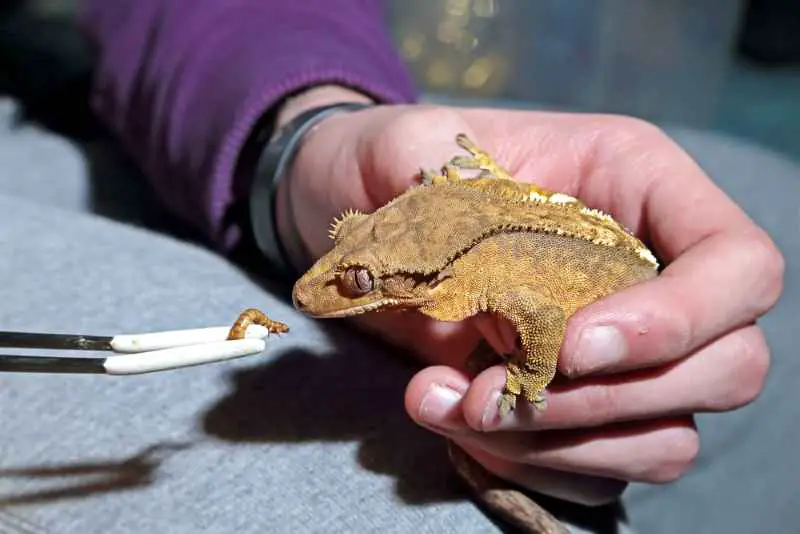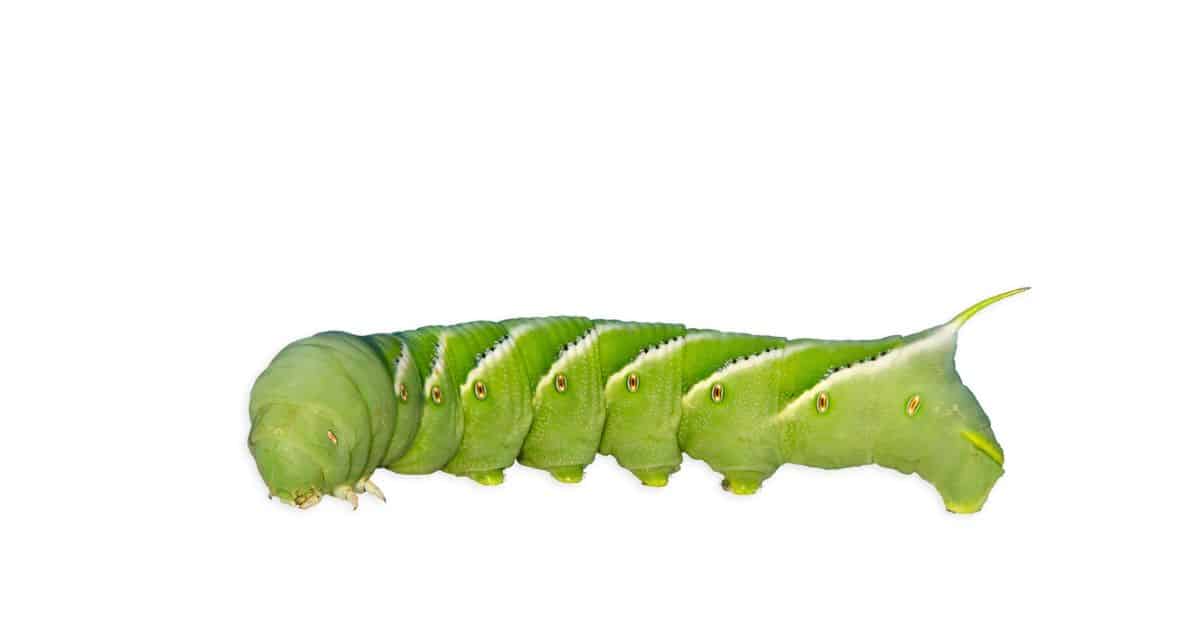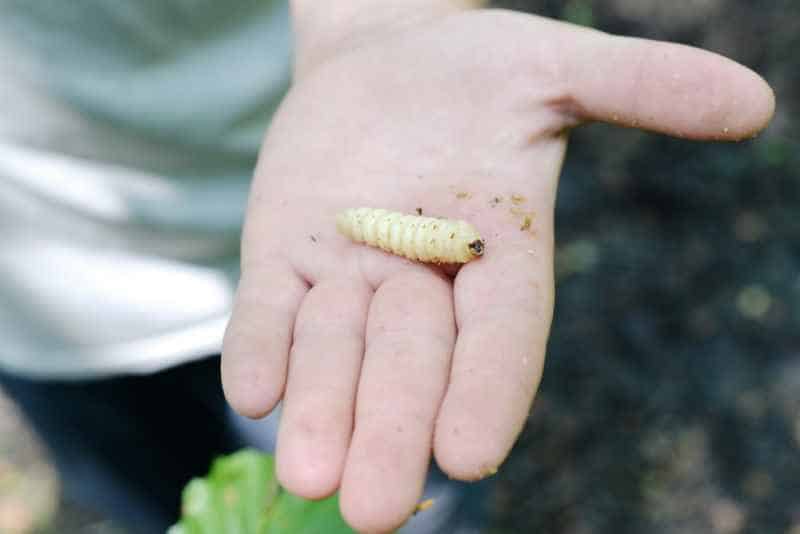All About Silk Worms For Crested Geckos
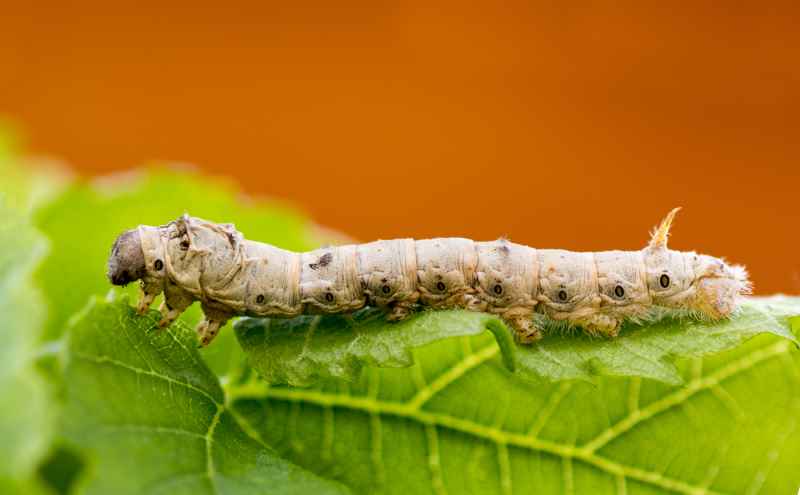
Crested geckos are a popular pet choice for reptile enthusiasts. They are gentle, undemanding creatures that are relatively easy to care for. One of the main questions that new owners have is what to feed their pet gecko. While there are many commercially available Crested Gecko diets, many people also wonder if they can feed their gecko live food, such as silkworms.
As it turns out, Crested Geckos can safely eat silkworms. Silkworms are an excellent source of protein and other nutrients, and they provide a natural prey item for geckos. In addition, silkworms are relatively easy to care for and breed, making them a convenient food source for gecko owners.
However, there are a few things to keep in mind when feeding silkworms to Crested Geckos. First of all, silkworms should only be offered as an occasional treat, not as a main diet component. In addition, live silkworms can pose a choking hazard, so it is important to supervise your gecko while it is eating.
Finally, Silkworms can be carriers of disease, so it is important to purchase them from a reputable breeder. With these precautions in mind, feeding silkworms
Contents
What are Silk Worms?
Silkworms are the larval stage of moths belonging to the family Bombycidae. They are lustrous, elongated, and cylindrical in shape with a head that is slightly smaller than their body. They have three pairs of legs near the head and another five pairs of prolegs on their abdomen. The hind pair of legs is the largest and is used for holding onto branches.
The larvae are whitish or yellowish in color and have a black spots on their heads.
When they shed their skin, they turn green. The pupal stage lasts for about two weeks during which time the larvae spin cocoons made of silk thread. After emerging from the cocoon, the adult moth does not live for more than a week or two. During this time, it mates and lays eggs which will hatch into new larvae within two weeks.
Can Crested Geckos Eat Silk Worms?
When it comes to diet, Crested Geckos are not usually picky eaters. In the wild, they will consume a variety of insects, small mammals, and even fruits and flowers. In captivity, they can be fed a diet of commercially available insect foods, as well as live prey items such as crickets, mealworms, and silkworms.
Silkworms are an especially good choice for Crested Geckos, as they are high in protein and calcium. They can be offered live or frozen/thawed, and most geckos will readily accept them.
It is important to offer a variety of different food items to Crested Geckos to ensure that they are getting all the nutrients they need. offering silkworms as part of their diet is a great way to help them stay healthy and happy
Should Crested Geckos Eat Silk Worms?
Crested geckos are a type of lizard that originates from New Caledonia. In the wild, their diet consists mostly of insects, but in captivity, they can be easily fed with a variety of foods, including Silkworms. While Silkworms may seem like an odd food choice for a lizard, they actually provide a number of benefits.
First of all, they are an excellent source of protein, which is essential for growth and development. Secondly, they are relatively low in fat, making them a good choice for lizards that are trying to maintain a healthy weight. Finally, Silkworms are also a good source of calcium, which is necessary for bone growth and development.
While there are some potential risks associated with feeding Silkworms to Crested Geckos, overall they are a safe and nutritious food option.
How Many Silk Worms to Feed and How Often?
When feeding silkworms to your crested gecko, it is important to strike a balance between too many and too few. If you feed your gecko too many silkworms, they may become overweight and unable to properly climb and hunt. On the other hand, if you do not feed them enough silkworms, they may become malnourished.
As a general rule of thumb, you should feed your crested gecko 2-3 silkworms per day. If you are unsure whether your gecko is getting enough to eat, you can always consult with a veterinarian or reptile specialist. In addition to the number of silkworms, it is also important to monitor how often you are feeding your crested gecko.
If you are providing them with a consistent supply of food, there is no need to worry about overfeeding. However, if you are only feeding them every few days, it is important to be mindful of how much food they are consuming so that they do not become overweight.
How Many Silk Worms to Feed Baby vs Adult
There are a few things to consider when deciding how many silkworms to feed your crested gecko. First, consider the age of your pet. Baby crested geckos should be fed more frequently than adults, as they have higher energy needs. juvenile crested geckos should be offered food every day, while adult crested geckos can be fed every other day.
Second, consider the size of your pet. A larger crested gecko will need more food than a smaller one. Third, consider the activity level of your pet. If your crested gecko is active and playful, it will need more food than a less active pet. Finally, consult with your veterinarian to get specific feeding recommendations for your specific pet.
How to Feed Them Silk Worms
Silk worms are a popular choice for feeding crested geckos, and there are a few different ways to offer them. One option is to simply place a small number of silk worms in the crested gecko’s enclosure.
The gecko will then hunt down and eat the worms as it pleases. However, this method can result in uneaten silk worms that quickly die and start to decompose, so it’s important to remove any leftovers promptly.
Another option is to dust the Silk worms with a fine layer of calcium powder before offering them to the gecko. This will help ensure that the gecko gets the nutrients it needs while satisfying its hunting instincts.
Ultimately, there is no wrong way to feed mealworms to a crested gecko, so experiment and see what your gecko prefers.
Throwing Out the Remaining Silk Worms – Safely
After you have fed your crested gecko silk worms, you will need to dispose of the remaining worms. If not done properly, this can pose a serious health risk to both humans and animals. Here is a step-by-step guide on how to safely throw out the remaining silk worms:
- Place the worms in a plastic bag.
- Add enough water to cover the worms.
- Seal the bag tightly and place it in the freezer overnight.
- In the morning, remove the frozen worms from the bag and place them in a garbage can with a lid.
- Add a layer of liquid bleach to the bottom of the can (this will kill any remaining worms).
- Add enough water to cover the bleach and seals the can tightly.
- Throw the can in the trash and wash your hands thoroughly after handling it.
Other Feeder Insects Better Than Silk Worms
While silkworms may be a great choice of feeder insects for crested geckos, there are a few other options that can also be suitable. Mealworms, for example, are a popular choice among many reptile owners. like silkworms, they are easily found in pet stores and are relatively inexpensive.
Another advantage of mealworms is that they are less likely to escape from their enclosure than silkworms. However, they do not have as high of a nutrient content as silkworms, so they should not be the only food source for your crested gecko. Waxworms are another option to consider.
They are high in fat and protein, making them an excellent choice for juveniles and pregnant females. However, they can be addictive and should only be offered as occasional treats. If you are looking for an alternative to silkworms, mealworms and waxworms are both good choices.
